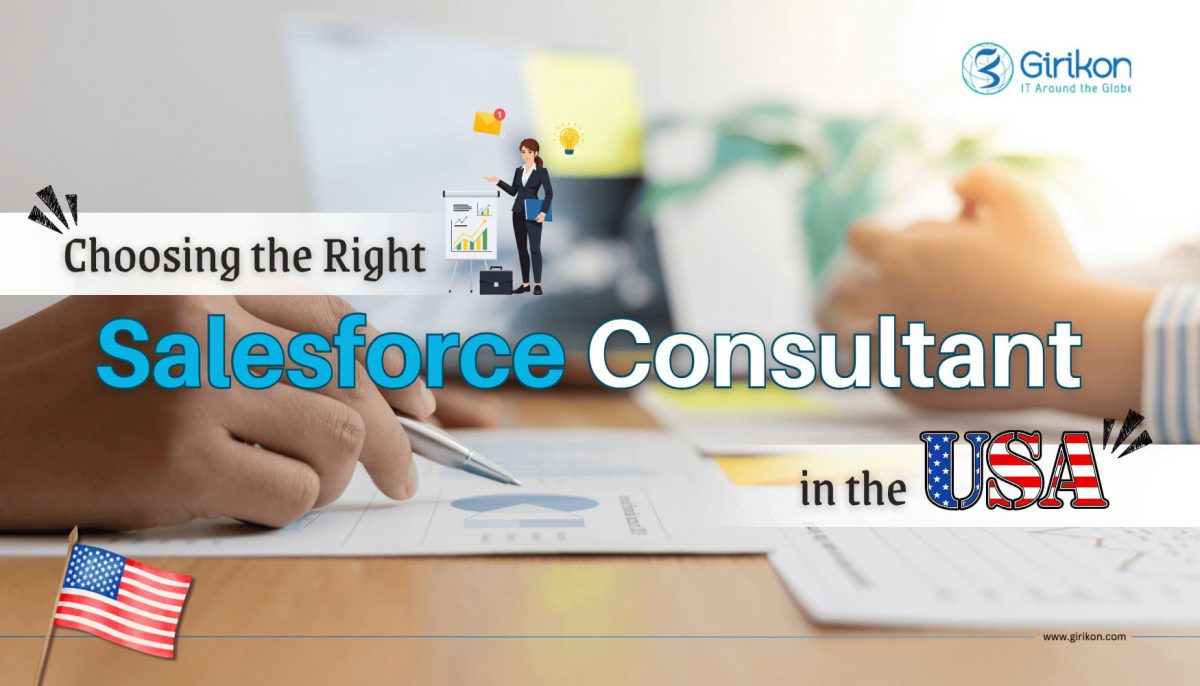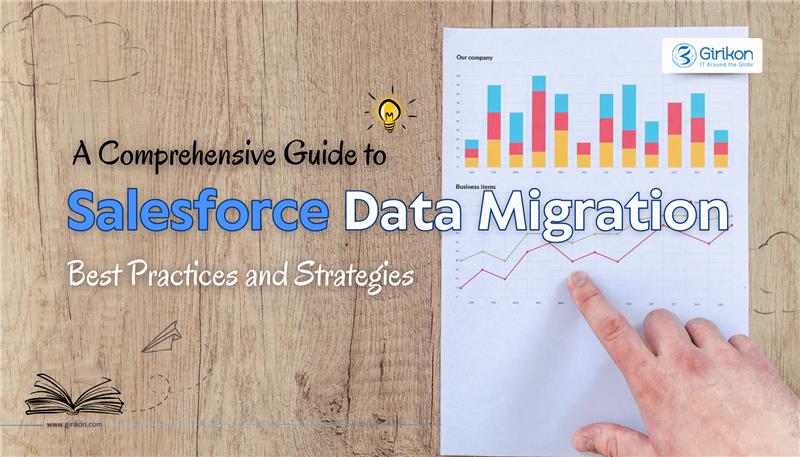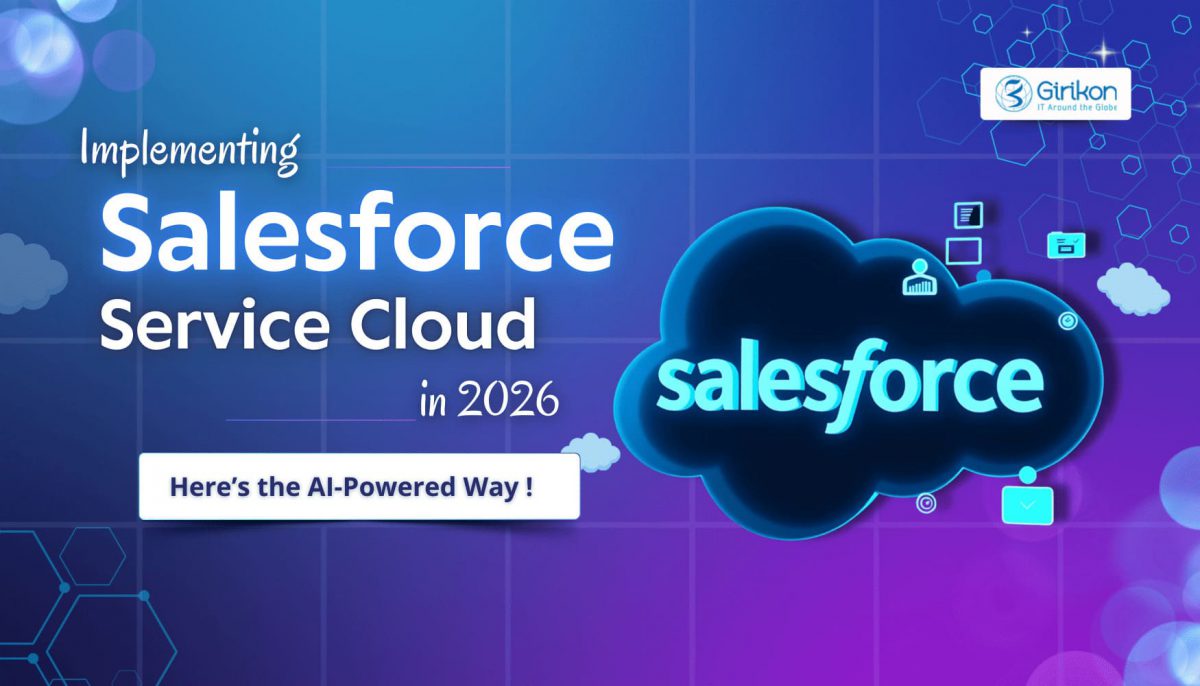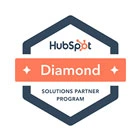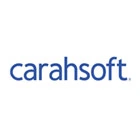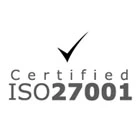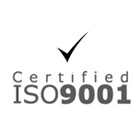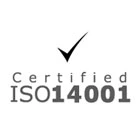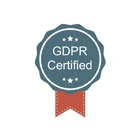Our Blogs
One of the most pressing challenges faced by businesses in this highly competitive digital era is upgrading their legacy system without losing crucial business data. This is where the need for a robust system arises. Salesforce – one of the most widely adopted platforms has become one of preferred choice of organizations across different industries for storing and managing their data besides modernizing business operations and customer engagement. However, transitioning from legacy system to Salesforce is a straightforward process especially when legacy systems are ingrained in a company’s operations. This is where organizations should consider getting in touch with one of the best Salesforce Consultants. With a combined expertise of strategic planning, technical acumen, and in-depth understanding of the IT ecosystem, these consultants play a vital role in integrating antiquated systems with Salesforce. Let’s take a look at how organizations manage this task:

What is the Need to Replace Legacy Systems?
Legacy systems are old and outdated platforms that play a vital role in supporting core operations of a business. These may include CRM or ERP solutions, as well as obsolete systems used for managing various functions such as HR, accounting and more. While these systems are reliable, they pose challenges due to the absence of advanced APIs, defined cloud compatibility, and outdated security frameworks. Integrating them with robust platforms like Salesforce is often risky, as any slip-up could disrupt essential business functions and impact overall stability.
Challenges Faced While Integrating Legacy Systems with Salesforce
Before exploring how consultants handle integration challenges, it’s crucial to recognize the key obstacles involved:
Data Silos: These systems store data in secluded databases with minimal adjustment. This absence of uniformity complicates the process of data extraction, transformation, and loading into Salesforce.
Limited APIs: Outdated systems aren't often designed for integration. Besides lacking modern APIs, they rely on outdated protocols, and offer little to no documentation. This makes connectivity and data exchange a significant challenge.
Performance Demands: Businesses require seamless operations and minimal disruption. Integrating outdated systems with Salesforce must be done without sacrificing performance or causing downtime. This ensures that routine activities continue without interruption. This makes low-impact integration approaches critical to meeting operational and service-level expectations.
Security Concerns: Old systems often rely on authentication, obsolete encryption, or data storage methods. Addressing these issues require integration with Salesforce to ensure secure transfer of data and maintain compliance with global regulations. To protect sensitive data, robust security measures are vital throughout the integration process.
Resistance: Users and IT teams are usually accustomed with legacy systems often resist shifting to Salesforce. They may be unsure to change set processes or adopting new tools, fearing trouble or increased complexity. Overcoming this defiance needs clear communication, training, and showcasing the advantages of modernization and enhanced workflows.
How Salesforce Consultants Use Legacy System?
Salesforce Consulting Partners use a phased approach to manage the integration of legacy systems.
Discovery and Evaluation: The process of integration begins with a discovery phase. In this stage, consultants work closely with IT, as well as business participants to get a clear understanding of existing business processes, system architecture, and more of the legacy systems. Through conduct workshops to review the current infrastructure, assess the data flow diagrams, and find all the systems involved in the integration. From determining the nature of integration needed to batch processing to whether it should be unidirectional or bi-directional, it includes everything. Additionally, consultants also evaluate the criticality of the data to be integrated besides taking note of any compliance requirements. This initial step ensures that each system, use case, and business requirement is thoroughly aligned before moving into the technical implementation phase.
Defining the Integration Strategy: After the evaluation is completed, consultants develop an integration strategy that is tailored and aligned with the needs and technical environment of an organization. This strategy defines the type of integration needed be it real-time, using middleware, or using ETL processes. It also defines the extent of integration, stipulating which modules, business processes and data sets will be associated with Salesforce and the legacy systems. Consultants regulate how often data should be coordinated, whether it’s based hourly or daily. The technology stack is also carefully chosen at this stage, which could involve native tools such as middleware solutions and more. This strategic planning ensures the integration is both efficient and aligned with business priorities.
Data Mapping and Transformation: With the integration tools in place, the next crucial step is detailed mapping of data and transformation. Consultants begin by mapping fields from the legacy system to equivalent objects and fields. They also identify inconsistent, outdated and duplicate data, cleansing it to ensure precision and reliability. Business rules are used to verify data and ensure quality standards through the process. Attention is given to altering key elements such as currencies, date formats and picklist values to align with the CRM’s structure. Consultants design fallback mechanisms to manage potential integration failures, ensuring the system is stable.
Testing the Integration: The integration between outdated systems and Salesforce is built and thoroughly tested. Consultants begin by developing APIs or configuring middleware connectors to allow seamless communication between systems. Authentication protocols are implemented to ensure secure access. Data pipelines are then created and tested within sandbox environments to identify potential issues early.
Training: Successfully integrating outdated systems with requires preparing the organization for change. Here, consultants play a key role by training employees on how to use Salesforce within the new environment. They develop a detailed process guides and clear documentation to help teams navigate the system assuredly. Key stakeholders are included in UAT to ensure the solution meets expectations. Apart from this, consultants provide ongoing support during and after the post-deployment phase. This helps teams smoothly adapt while ensuring minimal disruption to routine operations.
Maintenance: Once the integration is accomplished, ongoing maintenance is essential to ensure long-term success. Salesforce consultant’s set-up systems to ensure smooth running of integration. Real-time dashboards are employed to track the health and performance of the integration.
Final Words:
Integrating antiquated systems with Salesforce requires a right balance of technical acumen, strategic anticipation, and change management. Salesforce implementation partner brings together these capabilities, ensuring organizations not just modernizes their technology infrastructure, but also augment operational efficiency, as well as their overall customer experience.

 +1-480-241-8198
+1-480-241-8198 +44-7428758945
+44-7428758945 +61-1300-332-888
+61-1300-332-888 +91 9811400594
+91 9811400594